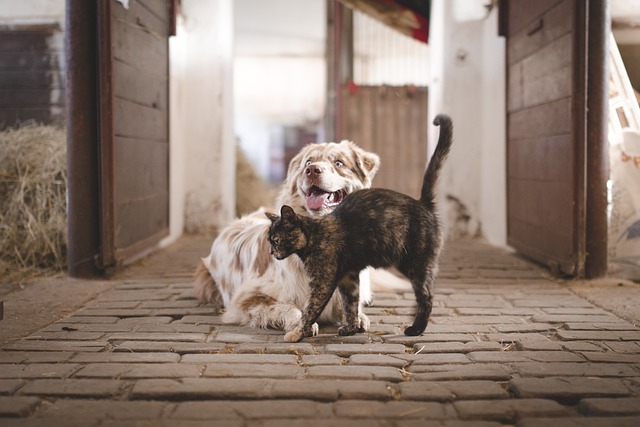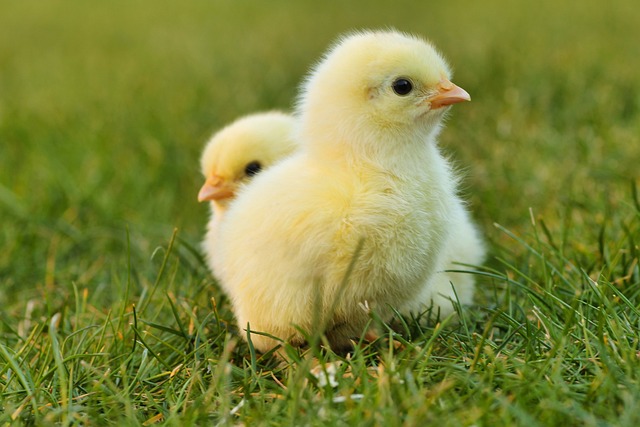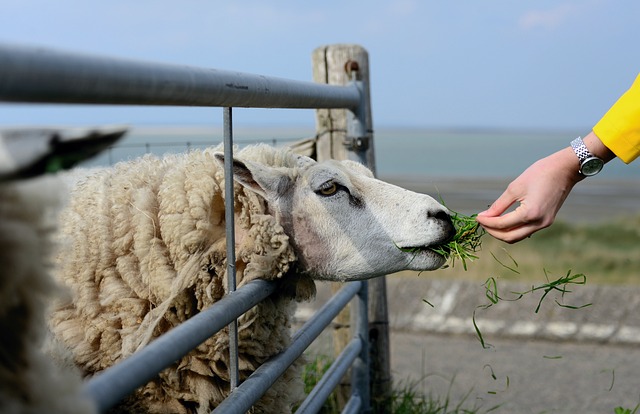Introduction:
When you hear the term ‘animal farm,’ what comes to your mind? Is it the conventional image of cows grazing in green pastures, chickens pecking around in the yard, and a farmer clad in overalls? Or does it take you on a journey through a diverse array of farming practices, ranging from dairy farming to aquaculture? In this exploration of the various types of animal farms, we will unravel the multitude of ways humans raise and care for animals to produce food, materials, and even companionship.

1. Livestock Farming:
Livestock farming involves raising animals for meat, milk, eggs, or wool. This category includes cattle, sheep, pigs, goats, and horses. The methods and scale of livestock farming can vary greatly, from small-scale family farms to large commercial operations.
2. Poultry Farming:

Poultry farming is a subcategory of livestock farming, focusing on raising birds for meat or eggs. This includes chickens, turkeys, ducks, and geese. Depending on the scale and purpose, poultry farms can range from backyard coops to large-scale industrial complexes.
Diving right in, let’s chat about Poultry Farming. This is one of the most popular types of animal farm around, where birds such as chickens, ducks, and turkeys are raised for their meat and eggs. It’s a dynamic industry that’s continuously evolving to meet consumer demands.
3. Apiculture (Beekeeping):
Apiculture, or beekeeping, is a unique type of animal farming where bees are kept for honey production. Besides honey, bees also produce beeswax and royal jelly, both valuable commodities. Moreover, bees play a vital role in pollinating crops, making them an integral part of our agricultural system.
This unique branch of animal farming is all about preserving and nurturing honeybees to produce honey and beeswax. Beekeeping is vital not just for these valuable products but also for pollinating our crops.
4. Aquaculture (Fish Farming):
Aquaculture involves the breeding, rearing, and harvesting of fish, shellfish, and aquatic plants. This type of farming can occur in freshwater or marine environments, and it plays a crucial role in providing a sustainable source of seafood.
This practice involves breeding and harvesting fish, shellfish, and aquatic plants in fresh or salt water. It’s a crucial industry providing a sustainable source of seafood and contributing significantly to global food security.
5. Dairy Farming:

Dairy farming specialises in raising animals for milk production. This type of farming primarily involves cows, but can also include goats, sheep, or camels in certain regions. Dairy farming practices can range from grazing-based systems to intensive indoor operations.
Over to Dairy Farming, where cows, goats, or sheep are raised mainly for milk production. It’s an essential part of our agricultural economy, providing us with dairy products we enjoy daily.
6. Ranching:
Ranching is a type of animal farming predominant in North America, where large herds of cattle or sheep graze over extensive areas. Ranching often involves practices like controlled burning and rotational grazing to maintain the health of the land.
It involves raising livestock, primarily for meat, on vast tracts of land. It’s a method deeply rooted in our history, especially in areas with extensive, open land like Australia.
7. Organic Animal Farming:
Organic animal farming emphasises natural, humane, and sustainable practices. Animals on organic farms are given organic feed and have access to the outdoors, with a restriction on the use of antibiotics and hormones.
We can’t forget about Organic Animal Farming, which focuses on raising animals in a natural environment without synthetic inputs like antibiotics or hormones. This farming method aims to promote animal welfare and environmental sustainability.
8. Sustainable Animal Farming:
Sustainable animal farming focuses on practices that are ecologically responsible, economically viable, socially just, and humane. This includes rotational grazing, permaculture, and integrated farming systems.
This method combines traditional farming methods with modern technology to create a system that is efficient, humane, and environmentally friendly. It’s about ensuring our farming practices today don’t compromise the ability of future generations to meet their needs.
9. Commercial Animal Farming:
Commercial animal farming involves raising animals on a large scale for profit. This type of farming often employs intensive practices to maximise yield and efficiency, but it has been criticised for its environmental and animal welfare impacts.
10. Subsistence Animal Farming:
Subsistence animal farming is a small-scale, self-sustaining type of farming where families raise animals primarily for their own use. This type of farming is common in developing countries.
11. Urban Animal Farming:
Urban animal farming, or urban agriculture, involves raising animals in urban environments. This can include backyard chicken coops, rooftop beekeeping, and community fish farms.
12. Mixed Farming:
Mixed farming combines crop cultivation with animal farming. This type of farming aims to create a balanced and sustainable system, where crops and animals support each other’s growth and health.
Conclusion:
Understanding the diversity of animal farms gives us a new appreciation for the complexity and variety in our agricultural systems. From the humble backyard chicken coop to the sprawling cattle ranch, each type of animal farming plays a unique role in our food system. As we move forward, practices like organic and sustainable animal farming offer promising paths towards a more humane and environmentally friendly future.




Recent Comments